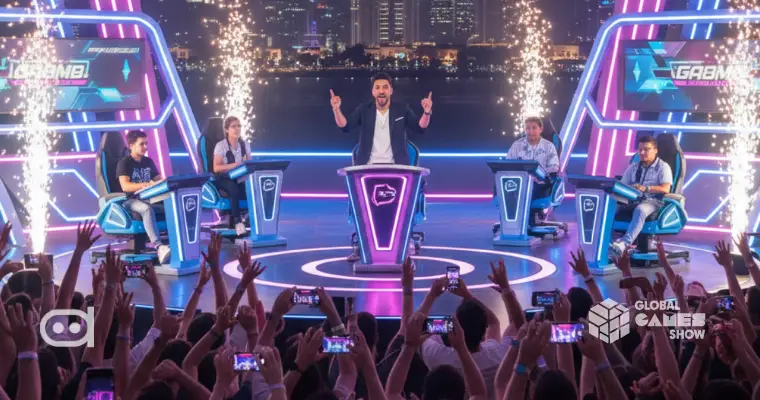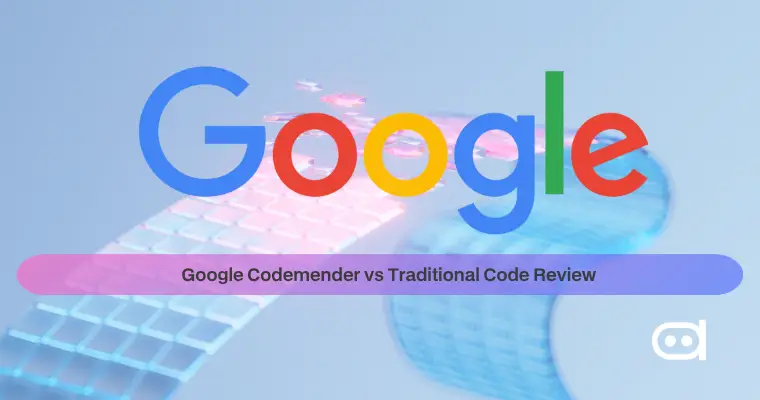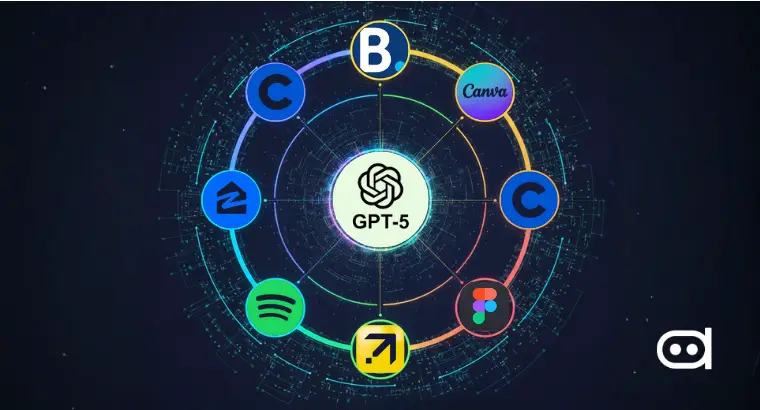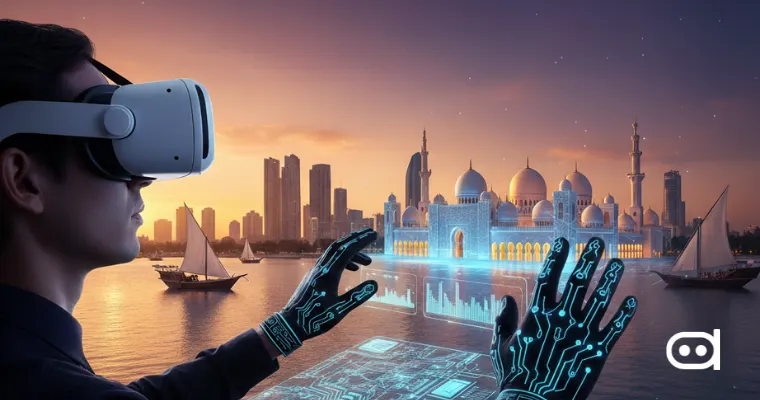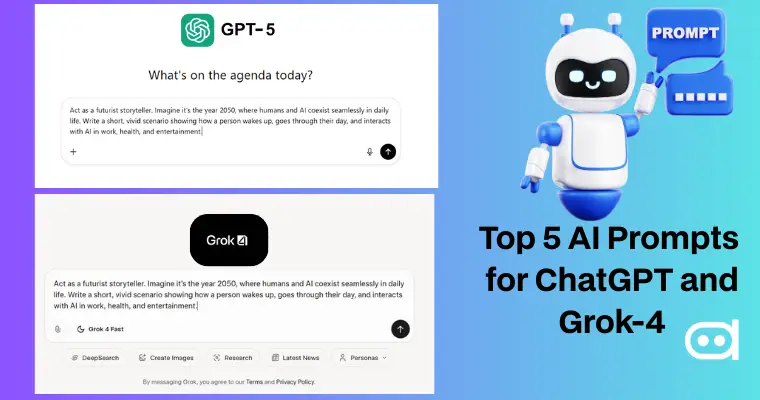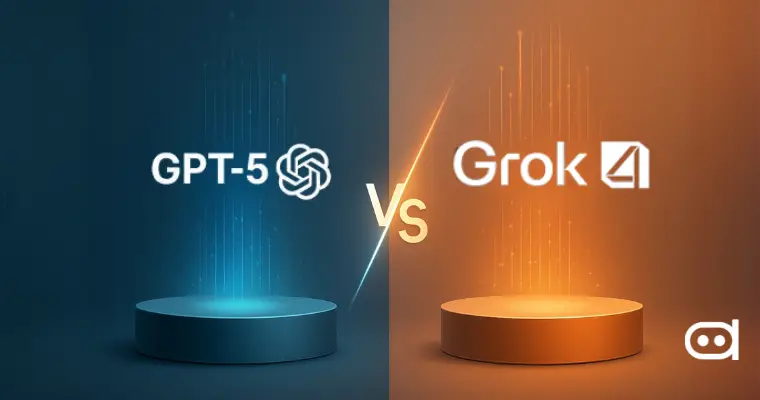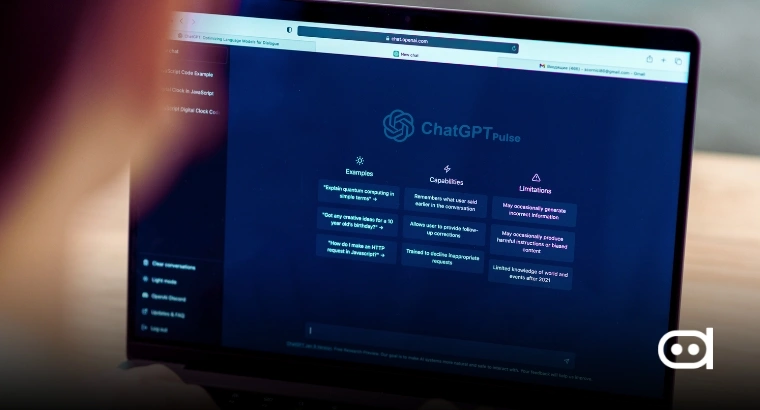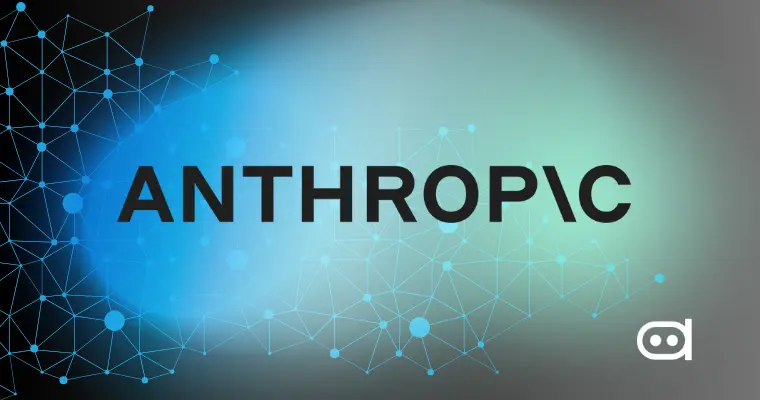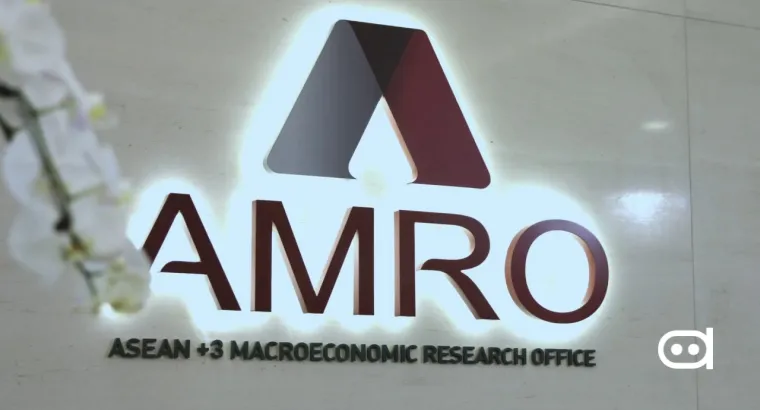
The race to master AI video creation has never been more intense. By the year 2026, the two main players, OpenAI’s Sora 2 and Google’s Veo 3.1, will be leading the way into a new era. Both systems can generate motions, sounds, and emotions from text prompts. This rivalry isn’t just about visuals but also about the future of AI videos, filmmaking, and digital art. The question is: Which among them is influencing the next generation of actual story telling?
Key Takeaways
- Sora 2 vs Veo 3.1 is a milestone that defines the future of AI video generation tools and is characterized by traits such as realism, emotion, and creative control.
- OpenAI Sora 2 features physics-aware motion, rendering speed, and video extension from a few clips to the entire sequence.
- Veo 3.1 gives the most visually stunning video output, delivering cinematic fidelity, audio generation, and multi-shot narrative logic.
- Sora 2 and Veo both make creating AI videos as easy as just typing a prompt, but have different methods, ecosystems, and artistic tones.
OpenAI Sora 2
Sora 2, the AI video generator from OpenAI, targets artists, marketers, and teachers. It transforms brief cues into realistic video sequences that are seamless and full of emotion. Sora 2 AI video generator offers a video of up to 120 seconds, robust narrative logic, and physics-aware rendering as a plus. As a result, the splashing of water is realistic, the characters keep their movements synchronized, and the settings are transformed naturally. It’s pairing with audio generation brings forth the elements of dialogue, music scores, and sounds that creatively correspond to the theme of the video. From cinematic orchestrations to soft twinkly music box score that enhance emotional scenes.
OpenAI has given priority to making it easy to use, as Sora 2’s interface enables users to adjust lighting, tone, and camera angle, allowing more creative control than ever before. It is perfect for companies that want to create product demonstrations, reels, or narratives using just a prompt and simple editing tools.
Google’s Veo 3.1
Google’s Veo 3.1 represents the search giant’s biggest leap in AI video creation technology to date. Built on a multi-modal foundation that merges scene understanding, background sounds, synchronized dialogue, and multiple shots, Veo 3.1 is a filmmaker’s dream. This update enhances cinematic fidelity, delivering richer color grading, smoother transitions, and a smoother emotional tone across sequences. Unlike Sora’s fast rendering style, Veo takes a director’s approach: focusing on narrative control and continuity between shots. Its new audio synchronization system generates background music and ambient sounds dynamically, ensuring that every created video feels cohesive and emotionally aligned. With improved prompt interpretation, Google Veo 3.1 features scene understanding, audio support, and multi-shot sequences combined.
Sora 2 vs Veo 3.1: Feature Comparison
| Feature | Sora 2 | Veo 3.1 |
| Developer | OpenAI | Google DeepMind |
| Core Technology | Diffusion + Transformer hybrid | Multi-modal latent video diffusion |
| Video Resolution | Up to 4K | Up to 8K cinematic fidelity |
| Prompt Accuracy | Very high for descriptive inputs | Exceptional for narrative and contextual prompts |
| Clip Duration | Up to 120 seconds | Up to 90 seconds |
| Rendering Speed | Faster, near real-time | Slower but higher detail |
| Audio Integration | Built-in voice and soundtrack generation | Dynamic music and ambient sound generation |
| Editing & Control | Frame-by-frame, camera angle, and lighting adjustment | Scene-by-scene control, cinematic direction tools |
| Output Speed | Optimized for quick social content | Optimized for long-form storytelling |
| Integration | Adobe Premiere, Runway, ChatGPT workflow | YouTube, Google Photos, and DeepMind creative suite |
| Pricing | Subscription model via OpenAI Pro | API-based access with enterprise licensing |
| Use Cases | Social media content, marketing reels, educational videos | Film previsualization, brand storytelling, cinematic projects |
Tried both the tools to create my shoes Ads –
Prompt - “Traveler hiking through misty forest trail, mud splashing around sturdy trekking shoes, heartbeat sound fading into calm guitar music, tagline: ‘Built for Every Step.”
Sora 2 Output –
Veo 3.1 Output-
Evolution from Earlier Versions
Sora 2 and Veo 3 have come a long way from their earlier versions, offering stronger narrative logic, more accurate interpretations, and visually appealing outputs.
Sora 1 → Sora 2: The upgrade changed the dimensions of motion realism, text-to-scene fidelity, and audio syncing. OpenAI raised the bar on data usage, resulting in faster and more stable generations even during peak loads, and thus, the whole process was made very user-friendly.
Veo 3 → Veo 3.1: Google has further developed its scene comprehension and AI-assisted editing from Veo 3, creating enhanced and breathtaking videos. The combination of adaptive lighting, silenced dialogues, and greater control over the video’s theme has nearly brought the manual application of cinematic storytelling in automation.
Real-World Applications
Sora 2 is at present being utilized as an AI video tool for digital marketing, explainer content, and even education. It is an example of how brands are using video and smart soundtrack to make story-driven ads and educational videos in no time at all. In contrast, Veo 3.1’s flair is in professional film previsualization and branded storytelling. No doubt, its cinematic fidelity and multi-shot sequencing have made it the top choice for agencies that are producing promotional videos and for film studios that are simply testing storyboards. For YouTubers and shorter video creators, Sora 2 is a tool that offers accessibility and speed. On the contrary, Google Veo 3.1 is a professional tool for those high-end creatives and production houses that can offer the visual storytelling control required in a storyline.
Who Wins the Next-Gen AI Video Creation Battle?
The Sora 2 vs Veo 3.1 battle pits two extraordinary video generators against each other, but they each work best for different creative audiences. In the Sora 2 vs Veo comparison, the one that comes out as the best AI video generator 2026 in terms of realism and speed is Sora 2, while Veo 3.1 excels in cinematic quality and context understanding.

